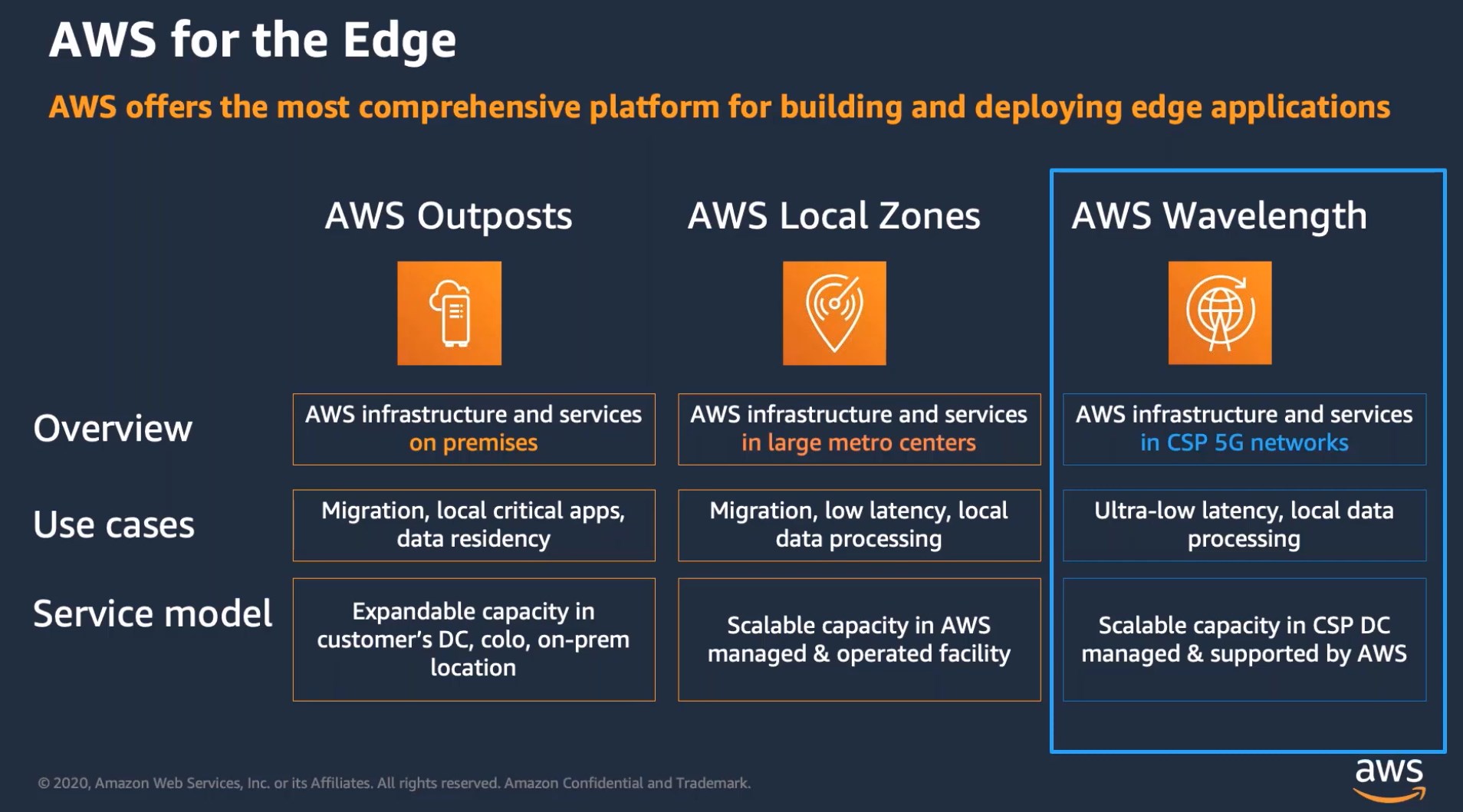Bell this week announced that it has teamed up with Amazon web services (AWS) to offer AWS Wavelength Zones for more responsive 5G applications at the edge.

Amazon Wavelength is part of Amazon’s edge computing development platform that aims to bring the cloud to the edge. Along with AWS Outposts and AWS Local Zones, AWS Wavelength is designed for ultra-low latency data processing at the edge. Wavelength focuses specifically on 5G networks.
Moving data processing to the edge minimizes the number of hops the request must travel before retrieving the needed resources, improving experiences in latency-sensitive applications like cloud gaming and live streaming.

Edge computing is also ideal for offloading compute-heavy workloads from the local device, saving power and and consolidating distributed data-processing nodes. For example, offloading video processing to the edge improves capturing flexibility and reduces the need to invest in high-powered local computers. AI inference is another potential application as it often requires the inferencing device to be close to the end-user for immediate insights.
By bringing Amazon Wavelength to Canada, Bell hopes to open new opportunities for developers of next-generation 5G applications. In addition, the company will be using AWS to develop its own services and products, as well as business customers looking to move their own operations into the edge.

“There’s a faster time to market, there’s certainly some speed involved in leveraging the Amazon platform to do that,” said Jeremy Wubs, senior vice-president of marketing at Bell. “But the bigger thing is really about anyone out there developing these use cases and solutions, to be able to put them on Amazon and put them on the 5G network and get better performance. This allows them to work better to do a whole bunch of things you couldn’t do before.”
Bell’s press release noted that the company has expanded its 5G networks to 35 per cent of the Canadian population.
